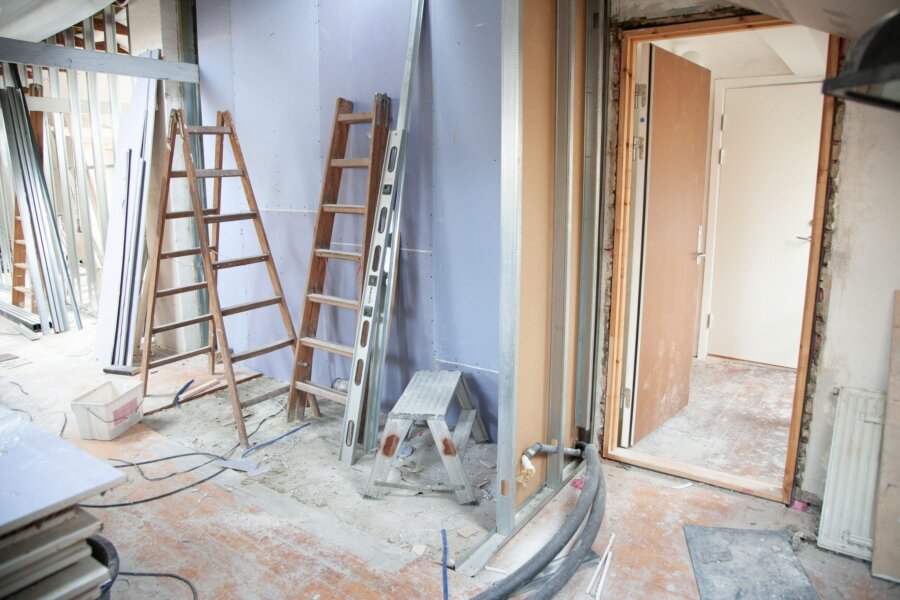The real estate industry, often portrayed as a realm of high earnings and flexible schedules, is surrounded by numerous myths. These misconceptions can mislead aspiring real estate professionals about the realities of working in this field. With real estate, fact and fiction must be divided. Understanding these myths is crucial for anyone considering a career in real estate, as it prepares them for the challenges and opportunities the industry presents.
Real estate has been idealized in popular culture as a profession, often depicted as a career with minimal barriers to entry and the promise of lucrative returns. This industry, which primarily involves the buying, selling, and leasing properties, requires a unique blend of skills, including sales expertise, negotiation abilities, and an understanding of the property market.
The glamorization of real estate careers, partly fueled by media portrayals, has given rise to several misconceptions. Many people enter the field expecting quick success and easy money. However, the reality is quite different. Real estate is a complex industry governed by market trends, economic factors, and a need for in-depth knowledge of legal and regulatory aspects.
The myths surrounding this profession create unrealistic expectations, leading to career dissatisfaction and high turnover rates. Aspiring real estate professionals need to understand the industry and acknowledge its potential rewards and challenges.
Easy Money and Quick Success
One prevalent myth is that real estate is a shortcut to wealth. The belief that one can easily make big profits with little effort is far from the truth. Successful real estate careers are built on hard work, extensive market knowledge, and consistent networking.
For most real estate agents, earnings are commission-based mainly, which means income is directly tied to the number and value of the transactions they can close. This structure can lead to substantial gains, but payment can also be unpredictable and dependent on the fluctuating property market.
Moreover, achieving success in real estate doesn’t happen overnight. It often requires years of building a client base, gaining experience, and establishing a reputation. New entrants to the field should be prepared for a learning period and possibly limited income as they develop their skills and network. This reality contrasts sharply with the myth of quick and easy success commonly associated with the profession.
Minimal Work for Great Returns
Another common misconception is that a career in real estate involves minimal work while offering fantastic returns. This is a significant misrepresentation of the profession. Real estate agents often work long and irregular hours, including evenings and weekends, to align with clients’ schedules.
The job entails more than just showing properties or closing deals. It involves extensive research, marketing strategies, understanding legal and financial documentation, and continuous learning about market trends and regulatory changes. Real estate professionals must also invest time networking and building relationships with clients, other agents, and industry professionals.
Additionally, a substantial amount of behind-the-scenes work is involved, such as property listings, client meetings, negotiation processes, and various administrative tasks. This workload requires dedication, time management skills, and often a willingness to work beyond standard office hours. Therefore, the notion that real estate is an easy, low-effort career is inaccurate.
No Need for Formal Education or Training
The myth that one can thrive in real estate without formal education or training is another misconception. Real estate agents must know property laws, ethics, and practices. Successful professionals pursue additional certifications or take finance, business, or property management courses. Continuous learning is essential in this rapidly changing industry.
Moreover, soft skills such as communication, negotiation, and problem-solving are vital. These skills are often honed through experience, training, and sometimes formal education. Understanding marketing, particularly in the digital realm, has become increasingly important in the real estate industry.





